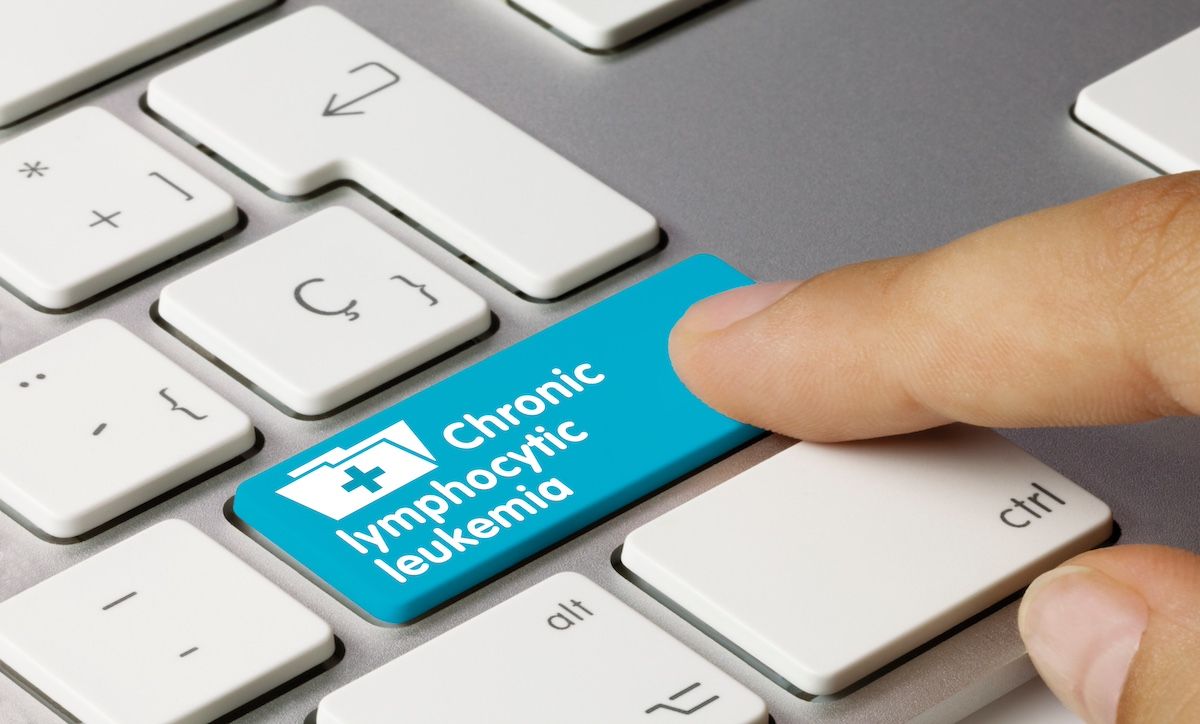- Center on Health Equity & Access
- Clinical
- Health Care Cost
- Health Care Delivery
- Insurance
- Policy
- Technology
- Value-Based Care
Targeted Combinations, Cellular Therapies, and Bispecific Antibodies Forge a New Path in CLL Management
An overview of the treatments for chronic lymphocytic leukemia (CLL) and novel therapies on the horizon, including double and triple combination therapies, cellular therapies, and bispecific antibodies.
Chronic lymphocytic leukemia (CLL), a hematologic malignancy characterized by the accumulation of abnormal lymphocytes in the blood and bone marrow, has witnessed a significant shift in its treatment landscape over the past decade. The advent of several targeting agents specific to CLL cells has marked a crucial turning point, with treatments transitioning from chemoimmunotherapy (CIT), which was limited to certain patients, to the more advanced continuous single-target drugs, and, most recently, fixed-duration therapy, explained researchers in a new review published in Cancers.
There is a range of novel therapies on the horizon for chronic lymphocytic leukemia.
Image credit: momius - stock.adobe.com

Questions remain about which patients are candidates for continuous treatment rather than FD therapy, as continuous treatment has several concerns regarding adverse events, long-term safety, and resistance. Combination therapies incorporating targeted agents such as Bruton tyrosine kinase (BTK) inhibitors and anti-CD20 monoclonal antibodies (mAbs) have demonstrated superior efficacy and tolerability compared to conventional CIT regimens while significantly extending progression-free survival (PFS) rates and overall survival (OS) compared to standard treatments. They also address critical concerns about long-term toxicities and the emergence of protein mutations, paving the way for a more effective and safer treatment landscape.
When examining the available data, the authors propose, “Combinations of a [BTK inhibitor] plus venetoclax as a fixed-duration therapy will be the standard of care for most patients with CLL, while continuous therapy will be likely limited only to high-risk and/or unfit patients.”
Fixed-duration regimens have been explored using venetoclax with either an anti-CD20 monoclonal antibody (such as rituximab or obinutuzumab) or a BTK inhibitor (such as ibrutinib, acalabrutinib, or zanubrutinib) in trials such as VERITAS, CLL13, and CAPTIVATE. In the VERITAS trial, a 12-month fixed duration of venetoclax and rituximab yielded a 95% response rate, with a notable 76% complete remission (CR) rate among young, fit patients with high-risk features. In patients with relapsed/refractory (R/R) CLL, studies such as VISION, IMPROVE, and CLARITY have focused on evaluating treatment with ibrutinib plus venetoclax.
Cellular therapies like CAR T cells have shown promise, particularly in patients with disease progression post-BTK and BCL2 inhibitors. Lisocabtagene maraleucel (liso-cel) was studied in the TRANSCEND CLL 004 study and achieved a response rate of 44%, with 20% achieving CR. Liso-cel has recently received accelerated approval from the FDA to treat R/R CLL or small lymphocytic lymphoma (SLL).
New cellular therapies and bispecific antibodies (BsAbs) are in phase 1 and 2 trials with encouraging results. BsAbs agents represent a new class of immunotherapeutic drugs. T-cell engagers (TCEs) are a subclass of BsAbs and work on a similar mechanism as CAR T-cell therapy without the need for previous T-cell manipulation. Early phase studies of new agents such as mosunetuzumab and epcoritamab are demonstrating efficacy in previously treated, high-risk CLL patients.
The role of triple combinations in CLL treatment is not yet clear. Triple therapy combinations involve a BTK inhibitor, a BCL2 inhibitor, and CD20-targeting mAbs. So far, the results of triple therapy combinations in both untreated CLL and R/R CLL patients appear to be similar to those seen with double combination therapy. However, these combinations are still under investigation, especially for patients with high-risk markers, such as abnormal TP53 or complex karyotype.
Alongside changes in treatment, minimal residual disease (MRD) has emerged as a critical measure to tailor cessation and re-initiation of therapy. The authors have highlighted its future role, stating that “In the future, a MRD-guided treatment cessation and MRD-based re-initiation of targeted therapy seems to be a more feasible approach, allowing identification of the patients who might benefit from continuous therapy or who might need a consolidation with BsAbs or CAR T cells to clear the neoplastic clone.”
References
1. Visentin A, Frazzetto S, Trentin L, Chiarenza A. Innovative combinations, cellular therapies and bispecific antibodies for chronic lymphocytic leukemia: a narrative review. Cancers. 2024; 16(7):1290. doi:10.3390/cancers16071290
2. US FDA approves Bristol Myers Squibb’s Breyanzi as the first and only CAR T cell therapy for adults with relapsed or refractory chronic lymphocytic leukemia (CLL) or small lymphocytic lymphoma (SLL). News release. Bristol Myers Squibb. March 14, 2024. Accessed April 25, 2024.
